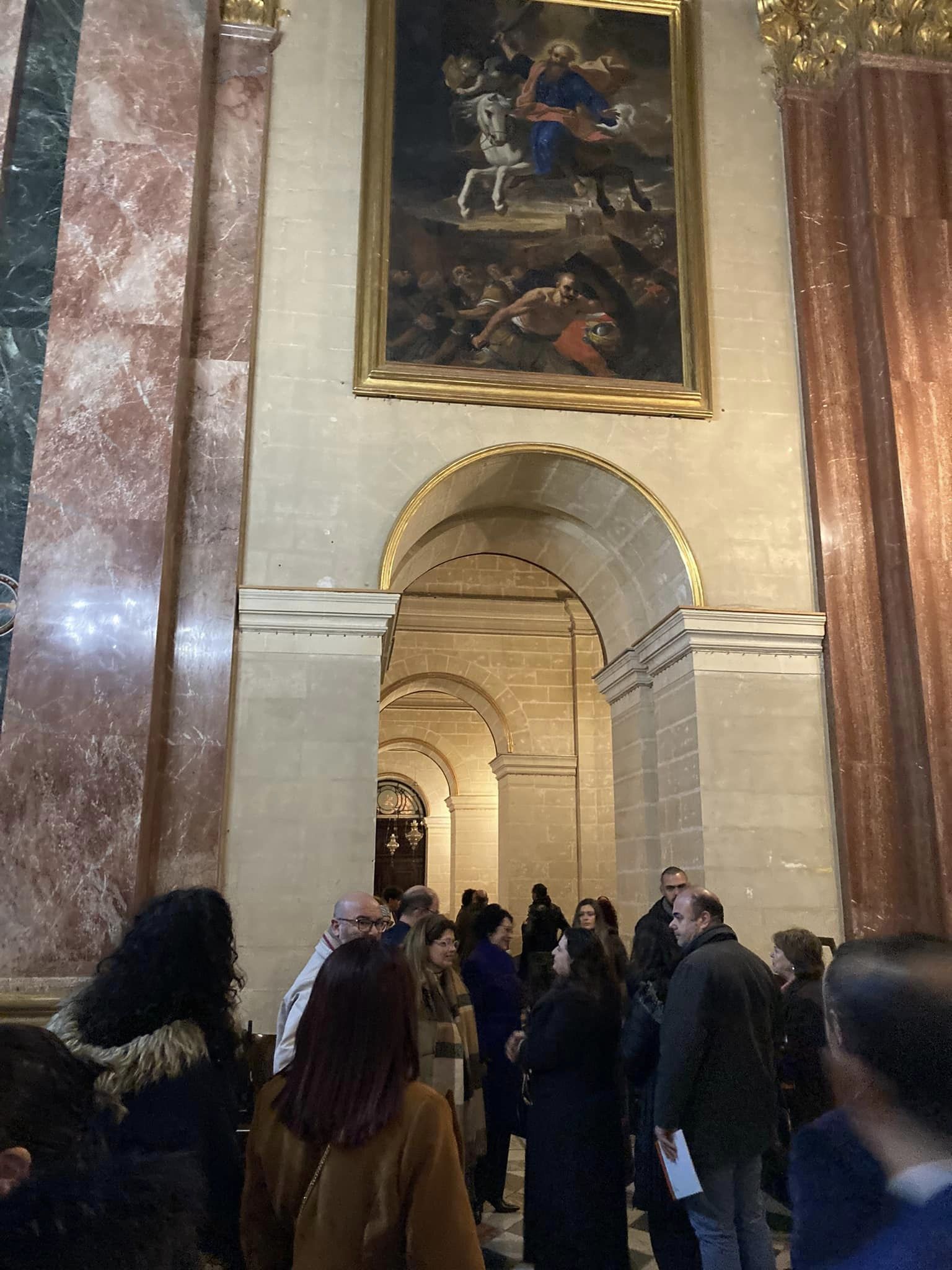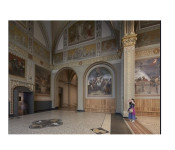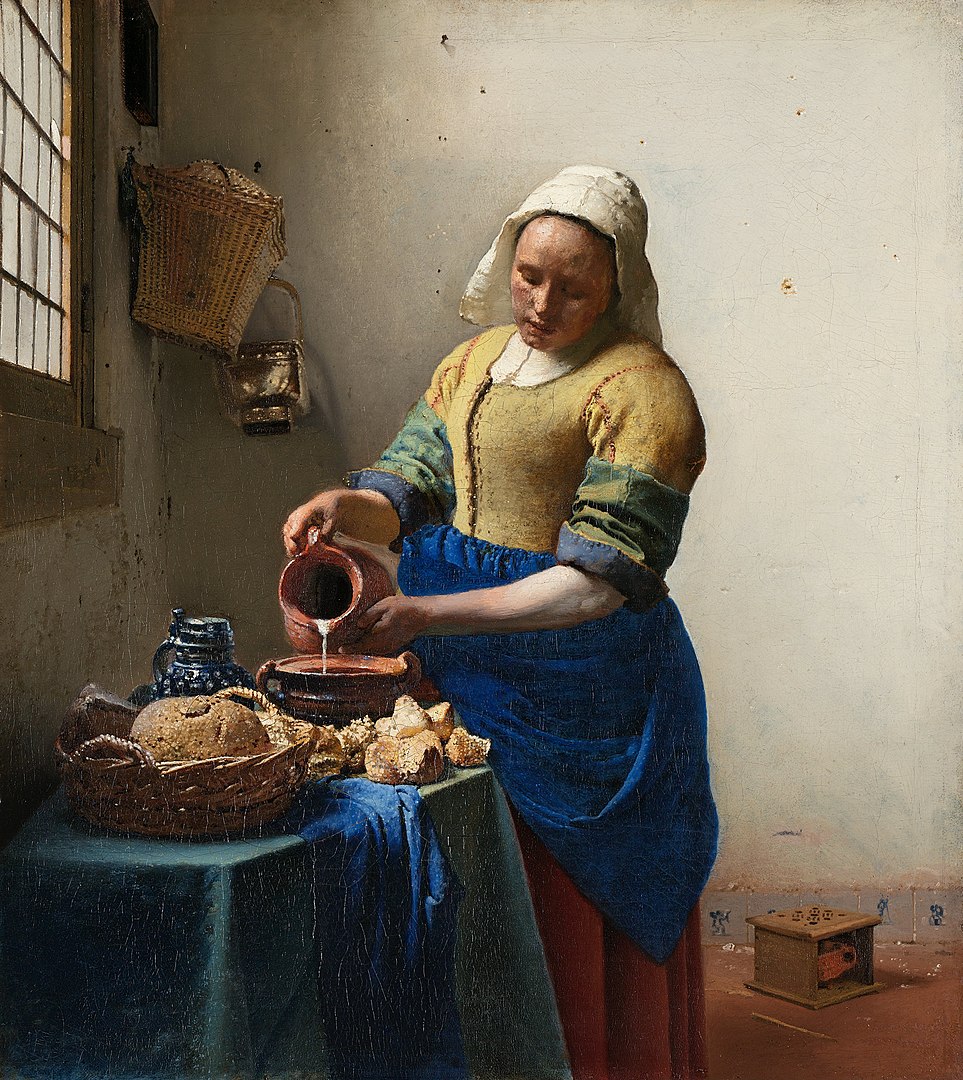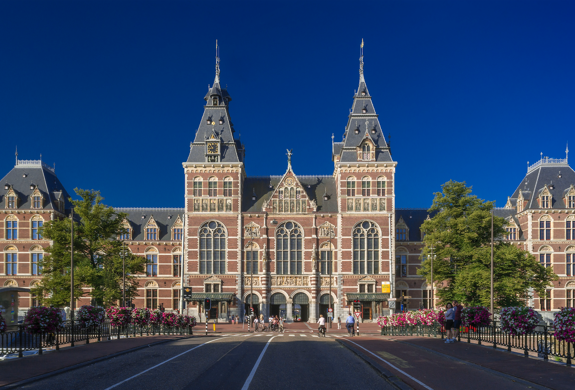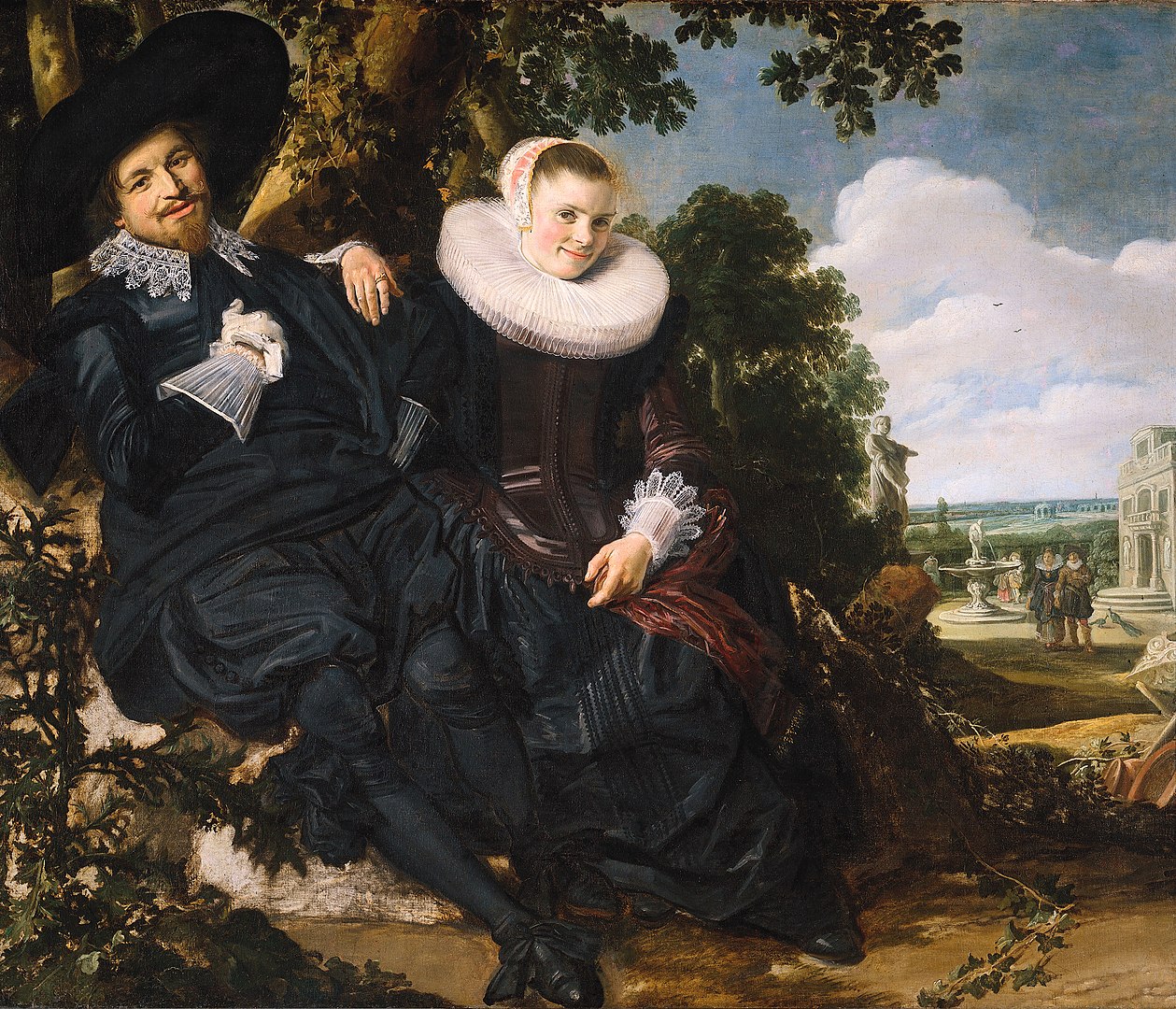Learning from Mental Health in Schools Conference
Friday 17 March 2023 at 2:44 pm
Just went to the Mental Health in Schools Conference
Our body is like a tree, it roots itself spreading high and its fruit, an apple rots when it is hit. And we are all fully aware how the life-force within teenagers can hit hard and frequently. Patches can spread so quickly within our-own minds that we have a feeling that the hit will take the whole apple if we do not react consciously. Likewise our mental health can easily be weakened by the stress a family passes through during the time of exams when our teens find it extremly hard to stop and concentrate - in a hedonistic sunny society offering lots of safe and free fun for teens, foreigners, English students.
Both Yogananda and Krishnamurti refer to mind as the toughest elephant to contain. The Christianity too offer sucrifice as a solution to the lives of individuals, helping refugees that have been stripped away from families, loved ones, and from their own support structure.
The Qawra school, the Maltese President in her openning speach Dr Marie Louise Colero Preca has mentioned, now has 56 nationalities. Handling such diverse and multinational environment can at certain moments be extremly difficult, when our day to day lives are impacted, can we go back to positivity? The English studies have shown that One in Four people will need mental health support throughout a given year. Usualy young men. Kids are sometimes suicidal at the age of 9. Therefore, we as English and Maltese community, need to strive as nations, to make mental health services accessible to all, dealing with mental health not mental illness.
The group discussion and workshops have come back with a similar message: make Mental Health (not Illness) for all a global priority, empowering teachers and individuals.
Irrespective of age, the solution should not be further medication, but awareness that to avoid the human-contact we separate from each other. Mental health should reach everybody. In a holistic environment local NGOs and Local Concils should include family members in a healing and supporting environment, a walk, a dance, a shared meal. It is solidarity with all and sensitivity to all, that are common targets that our society must address.
If mental health or mindfulness is at your heart, you could be a young leader, able to implement it or drive various initiatives.
Read more
Learning from Lecture The Maltese and La Commedia Dell’Arte
Sunday 26 February 2023 at 5:24 pm
Theatre is one of the oldest way of expression. It was at first a religious expression, meant to communicate with the Gods. A Scottish friend of mine Nicholas Jackman acted Macbeth, in the Shakespeare’s performance, at the Valletta’s Manuel Theatre this weekend. To be true to the play, at the time of our ancestors, the actors did believe in the witches they portrayed. To the audience, witches were a fact of life, real force manifestation, as real as the Hamlet’s ghost of his late father. That is why it is the most difficult to act a mad man.
In traditional societies the first shamans were our first actors. They improvised, channelling subconscious states. What psychologist Jung found in alchemy (transforming metal into gold) is a precursor guide to the psychology of humanity.
Read more
Learning from Carnival in Malta
Sunday 19 February 2023 at 1:59 pm
Carnival in the Middle Ages took not just a few days, but the period between Christmas and Lent. In those two months, of winter, when the most of the population rested from their usual hard agricultural work, populations celebrated.
The Roman Saturnalia, was a festival organised at the same time, with lots of food and drink, dress-up and parades. The social order was reversed and rules of behaviour were suspended, also a temporary King was crowned and everyone had to abide by his orders. Even today, participants elect a King Carnival.
Historically in Malta, this festival can be traced to the 1400s where we find the Universita’ issuing directives about the price of meat during carnival.
With the arrival of the Grand Masters of the Order of St. John of Jerusalem (1530-1798), Carnival was recorded in 1535. At that time the festival was all about knights entering various tournaments.
Ancient Ritual King Carnival
The two festivals share features of masks, role reversals, temporary social equality, and permitted rule breaking.
Read more
Learning from the Lecture Siege of Malta 1429 & The Art Collections of the Order of St John, authored by Dr Theresa Vella
Thursday 02 February 2023 at 1:20 pm
Yesterday I visited Mdina Cathedral, to listen to a talk of Prof Adrian Mario Gellel from the Faculty of Education from University of Malta about a symbols Literacy project his Department is conducting with year one pupils of Primary Schools in Malta.
The five year old explored the themes provided by the 16th Century painting of Mattio Preti in Mdina Cathedral.
The idea behind the project is to allow the painting to come to life through symbols.
Public Lecture 1493 Mdina Siege the 16th Century painting of Mattio Preti in Mdina Cathedral
Malta Micro and Macro Historical Dynamics
Standing mid-way between the western and eastern halves of the Mediterranean world with Sicily and Tunis 100 miles away, the place has a favourable position for multicultural interaction. A part of the Eastern Roman Empire or the Byzantines (sixth to ninth century, by 600 AC the island had a bishop subject to Syracuse), Musilim emirate (ninth to eleventh), Latin Christian Kingdom (11th to 13th cemtury) and Catalan-Aragonese affiliate (13th to 16th century). Malta boast a variaty of cultural experiences across two major divides: Muslim-Christian and Latin-Greek. Both Salini Bay cemeterial complex and St Paul’s Catacombs are Byzantine oratories. The basilica construction with a Christian baptistery, discovered at Tas-Silg was built on the site of an ancient Greek religious complex.
In September of 1429, the population of the island was 10,000 to 12,000 with 4,000 able to fight with just two main fortifications: Fort St Angelo and the Mdina bastions.
It is recorded that the soldiers were called “Guardia”, who used to guard the shores, and the “Dejma”, who used to guard the villages.
The Egyptian chronicler wrote that the Lord of Tunis sent a fleet with 200 horses and 15,000 fighters to Sicily where they took the town of Mazara and they moved on to Mdina (Malta) which they kept besieging. After they took 3000 people into slavery the siege was lifted.
Read more
Monday 16 January 2023 at 11:33 am
The Rijksmuseum art
In every museum what gives it its heart, mind and soul is its permanent collection. If you wish to know what a museum is really about, it’s mission and objectives, keep your eye on the art it owns in long term.
The Milkmaid 1657 / 58 by Johannes Vermeer, Rijksmuseum, Amsterdam Holland
The museum has total collection of 1 million objects collected over a period of 200 years of medieval art, jewelry, musical instruments. It regularly displays 8,000 of them, including the works of art of the two world most famous Dutch painters: Rembrandt and Vermeer. The museum collection was from its start independent, i.e. did not originate from the royal collection.
The Rijksmuseum is the national museum of the Netherlands
Rijksmuseum, Amsterdam Building
Rijksmuseum in Amsterdam Holland was designed in 1885 by Pierre Cuypers. The main building was reopened in 2013, after an amazing ten years of renovation costing 375 million euros. Many of the old interior decorations were restored to their original glory.
"Did you know that a large, new building will take the place of the Trippenhuis in Amsterdam? That’s fine with me; the Trippenhuis is too small, and many paintings hang in such a way that one can’t see them properly."
Vincent van Gogh in a letter to his brother Theo, 1873
Portrait of a Young Couple (1622) by Frans Hals , Rijksmuseum, Amsterdam Holland
Read more


